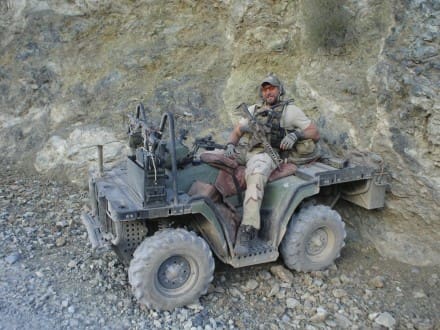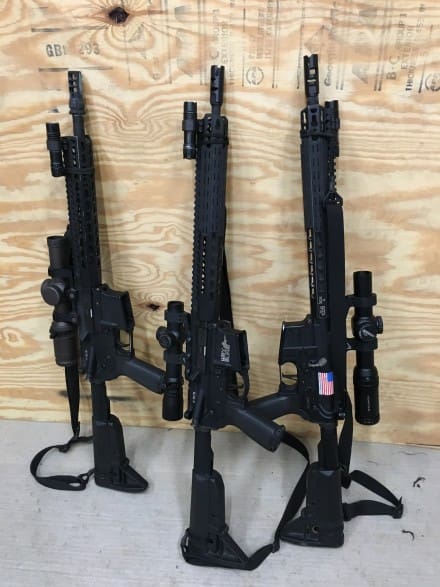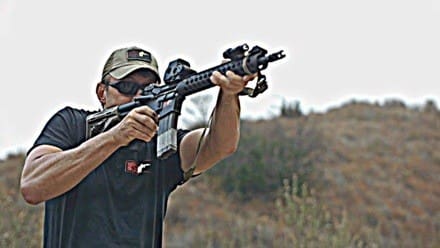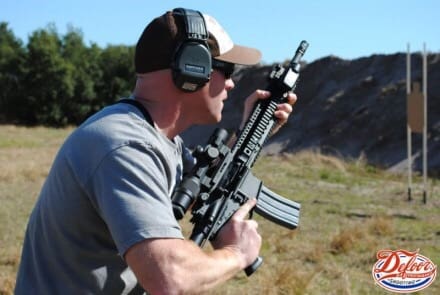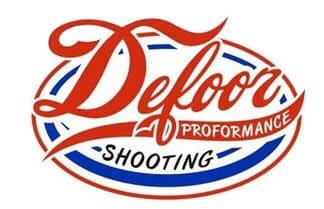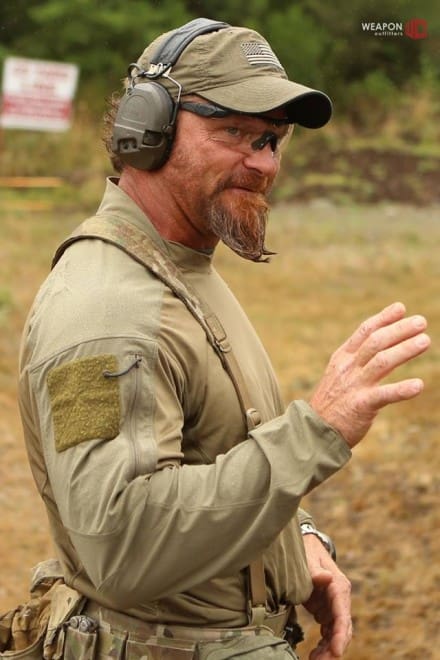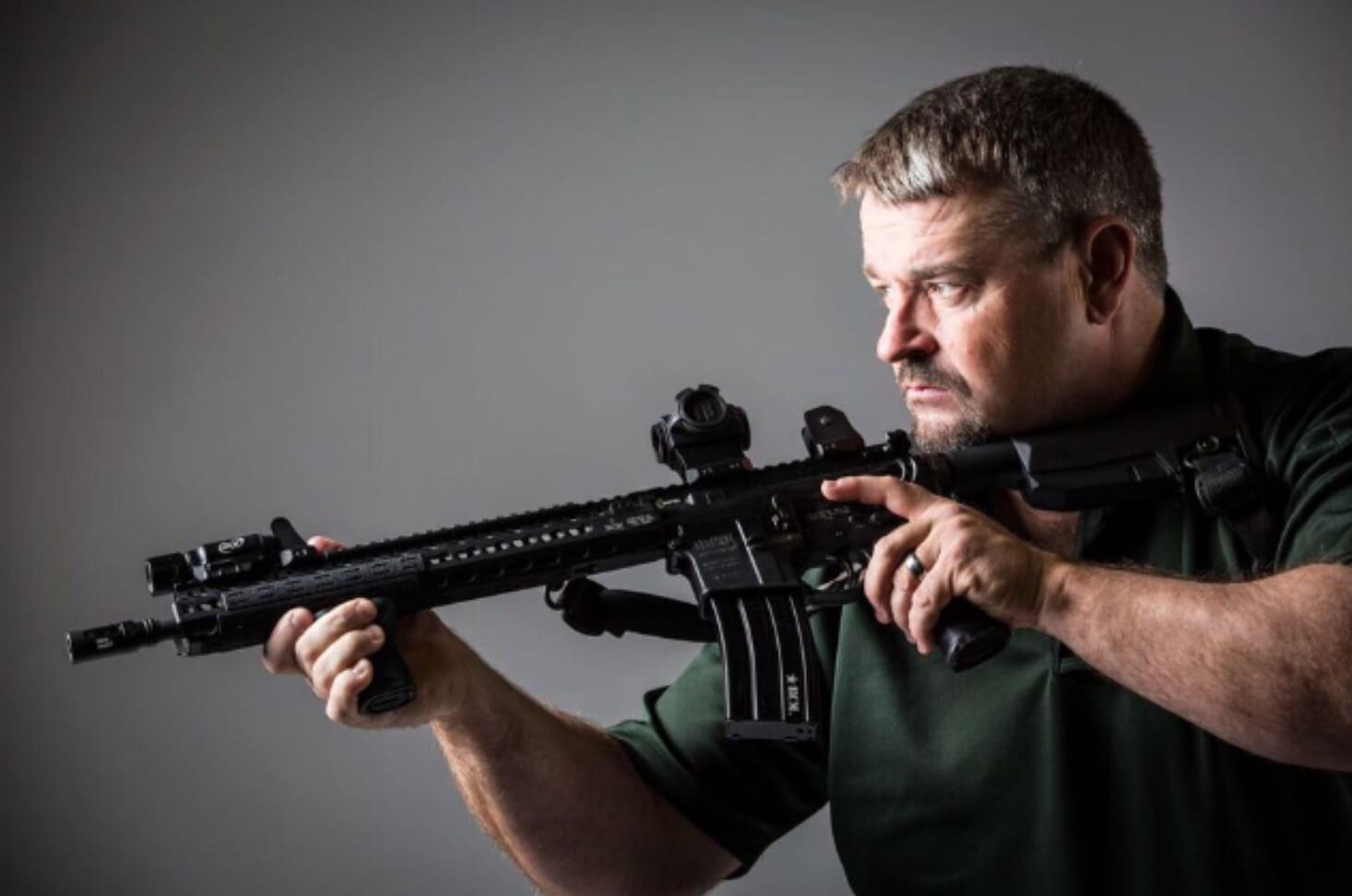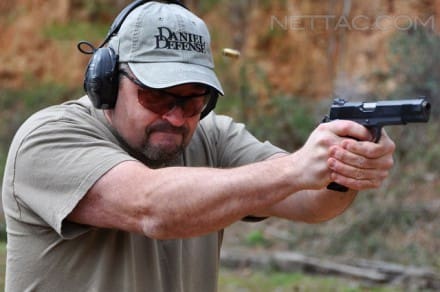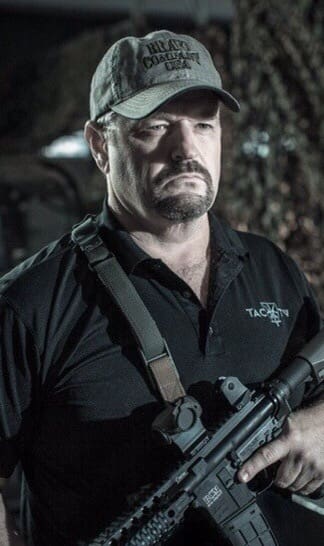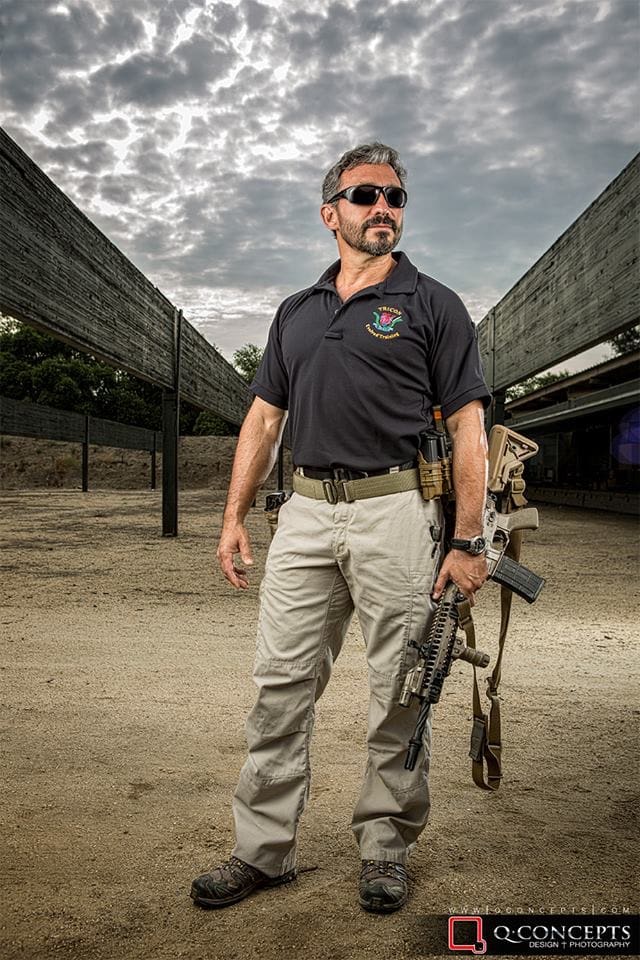I wanted to share my thoughts based on my experiences regarding back up iron sights. In short I think they are a solution to a problem that doesn’t exist and many shooters hinder their rifles capabilities just to have them on the gun.
I’ve spent a lot of time behind an M-4 or AR-15 in a lot of different environments, combat, competition, training etc., and have also done so in the company of many other shooters. In all that time I have not seen a primary optic fail and a back up iron sight become necessary. Not saying it can’t happen, but I haven’t seen it; here’s what I have seen: many shooters who have back up iron sights on their rifles hinder their ability to shoot the rifle well and operate the things they WILL use just to have BUIS on the rifle. Many shooters with magnified optics on the gun will have to mount the optic forward on the receiver because the rear BUIS is in the way. That causes a problem with eye relief and most shooters will collapse the stock to get the correct eye relief and view through their scope. Collapsed stocks are not a better way to shoot a rifle. I’ve written several articles and have several videos about the subject of shooting the RIFLE with the stock extended for better control.
The next problem is where to mount lights and lasers so that they are accessible and still have a front BUIS. It can be a challenge. If a shooter is going to work at night they WILL need the flashlight and or laser, they MIGHT (once again never seen it happen) need the BUIS. As a Green Beret and a shooter I made a decision based on experience to stop fighting with BUIS problems and I don’t run them on my rifles. I have found it much easier to operate the rifle with he stock extended and without the BUIS I can mount every magnified optic I’ve seen and have a shootable, maneuverable RIFLE and use the optic with the correct eye relief. I’ve also found that it is much easier mount all my lights and lasers in very usable positions on the rail without BUIS interference. These are my thoughts based on my experiences and observations. Think about these when you are setting up your rifle and hopefully you end up with a really shootable rifle!
Take a look at the attached pictures:
The one on the ATV was my first SF deployment to Afghanistan. Based on the mission and I chose to run an ACOG over a red dot. You can tell in the pic that I had a rear BUIS on the rifle and had to mount the optic forward and collapse the stock; I also was just like other shooters and thought that the stock was supposed be collapsed because it was cool etc. I didn’t know enough about shooting then!
The picture out in the desert was my last SF deployment to Iraq. You can see the stock is extended, the Elcan Spectre DR 1-4 was mounted all the way back and no BUIS. The Spectre DR was a great solution to everything I might encounter from working in urban areas to open terrain. You’ll also notice the rifle has a longer free float rail, a CMC trigger, more ergonomically correct pistol grip and some other items that offered increased performance and solid reliability. In the time between these 2 deployments I got involved in competitive shooting and learned a lot more about shooting and how to set up my gear to be more effective! You’ll notice I have plenty of room on the rail for my flashlight and laser to go anywhere I needed them to be. You’ll probably notice there’s not a laser currently on the rifle. My TTP was to keep my LA-5/PEQ15 (laaaaaaaser) and NODS together, when I put on NODS, I put on the LA-5/PEQ15. The LA-5 was super easy to zero without shooting also.
The other picture you see of how my current rifles are set shows continued development as a shooter. A common them is they all have variable power scopes either 1-4 or 1-6. I have found that I can do everything I can do with a red dot with a variable power scope on 1x but when targets get small, are at distance or are hard to see……the 4x or 6x really shines and a red dot can’t give you the same capability. My current philosophy is ;if I’m going to put an optic on my rifle and add weight and spend money, its’ going to be a 1- something variable optic. Well that’s all I’ve got for now, I hope you all enjoyed this article. Take care and I wish you the best in your shooting!
-Frank Proctor
Frank Proctor has served over 18 years in the military, the last 11 of those in US Army Special Forces. During his multiple combat tours in Afghanistan & Iraq he had the privilege to serve with and learn from many seasoned veteran Special Forces Operators so their combined years of knowledge and experience has helped him to become a better operator & instructor. While serving as an instructor at the Special Forces Advanced Urban Combat Course he was drawn to competitive shooting. He has since earned the USPSA Grand Master ranking in the Limited Division and Master ranking in the IDPA Stock Service Pistol division. He learned a great deal from shooting in competition and this has helped him to become to become a better tactical shooter. Frank is one of the few individuals able to bring the experiences of U.S. Army Special Forces, Competitive Shooting, and Veteran Instructor to every class.
All this experience combines to make Frank Proctor a well-rounded shooter and instructor capable of helping you to achieve your goal of becoming a better shooter.
Gunfighter Moment is a weekly feature brought to you by Bravo Company USA. Bravo Company is home of the Gunfighters, and each week they bring us a different trainer to offer some words of wisdom.


